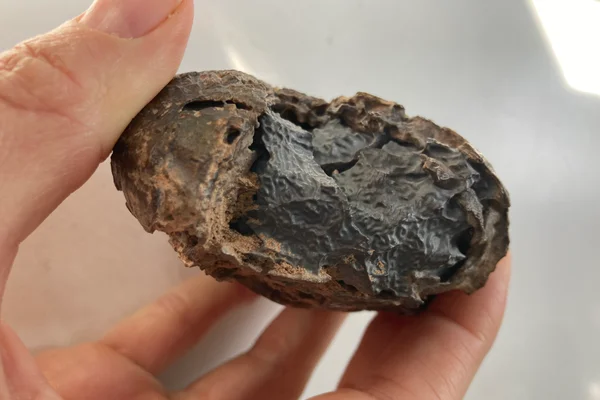By: Ruyi Lin
Scientists have finally traced the origins of a meteorite discovered in the Austrian Alps decades ago, a rare achievement in the study of space rocks. Their research, published in Meteoritics & Planetary Science in May, demonstrates the value of examining old data sets.
While clearing avalanche debris near Ischgl, Austria, forest ranger Josef Pfefferle noticed an odd rock, deciding to take it home. Decades later, he was intrigued by a news story about another Austrian meteorite in 1976. Pfefferle had his rock analyzed, confirming it as a well-preserved meteorite. This discovery motivated a research team led by Maria Gritsevich of the University of Helsinki, who began the research.
Gritsevich and her team utilized a network of sky viewing cameras in southern Germany, operational from 1966 to 2022, which had recorded over 2,000 fireballs (unusually bright meteors). By analyzing long-exposure images and calculating trajectories, they matched the Ischgl meteorite to a fireball observed on November 24, 1970.
This finding emphasizes the importance of linking meteorites to their origins and transforming them from mere rocks to celestial objects with known histories. Marc Fries of NASA and Peter Brown of Western University praised the research, noting the potential longevity of meteorites on Earth and the enduring value of historical data in planetary science.











